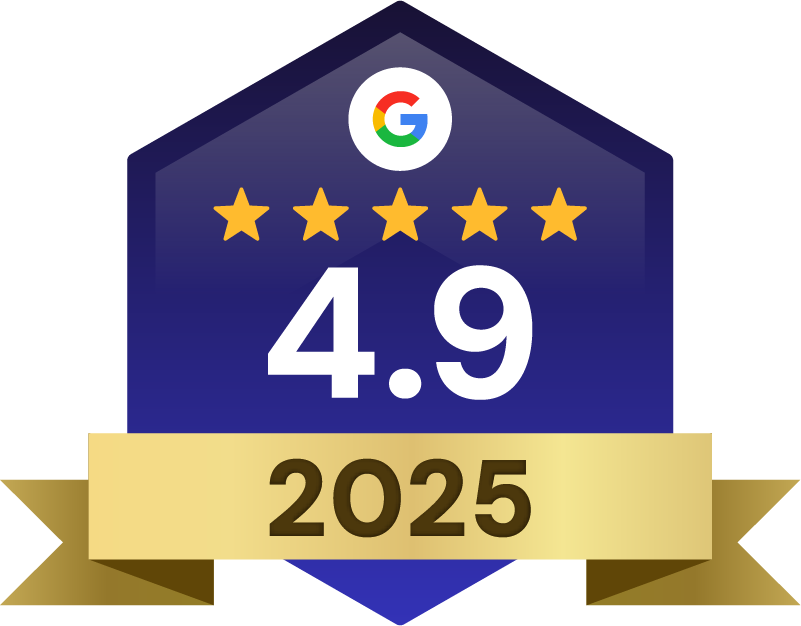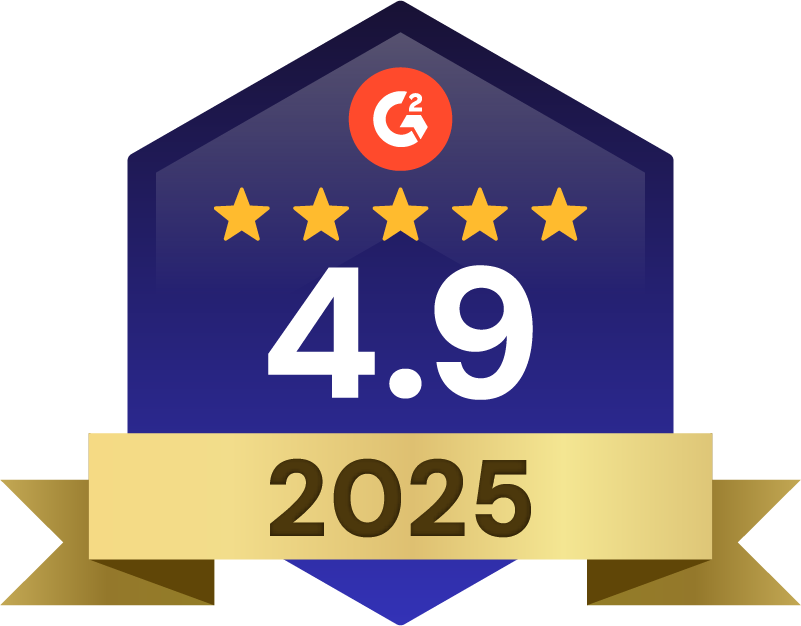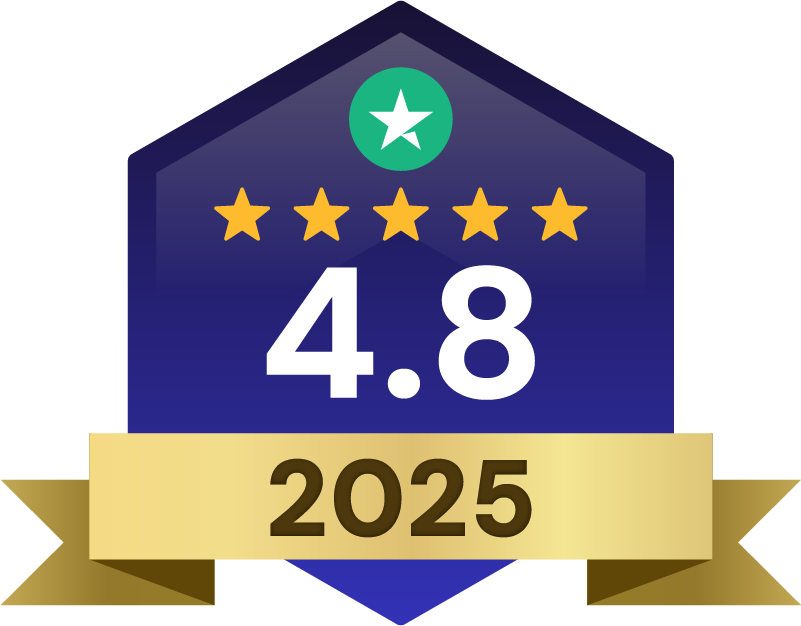15 powerful site analytics tools to track website performance, monitor user behavior, and improve real estate marketing results.
Technology
Your website attracts visitors every day, but you’re probably guessing what they actually do once they land on your pages. Without analytics, you’re running your real estate business blind and missing opportunities to optimize your best-performing content and fix the pages that drive people away.
The right analytics tool shows you exactly which listings generate interest, which neighborhood pages convert browsers into leads, and where your marketing dollars deliver actual results. This guide covers 15 powerful platforms that track your website performance, from free options like Google Analytics to privacy-focused alternatives that respect visitor data while giving you the insights you need to grow.
What Are Site Analytics Tools?
Site analytics tools are software platforms that track how visitors interact with your website. Popular options include Google Analytics for comprehensive quantitative data, Mixpanel for user behavior and conversion tracking, Matomo for open-source data ownership, and Hotjar for heatmaps and session recordings. These platforms work by adding a small piece of tracking code to your site that monitors every visitor action.
Think of analytics as your website’s reporting system. The code captures information about who visits your pages, what they click on, how long they stay, and which content convinces them to reach out. For real estate agents, this means seeing which listings get the most attention, which neighborhood pages drive actual leads, and where potential clients drop off before contacting you.
Key Metrics That Website Analytics Platforms Track
Every analytics platform measures different data points, but certain metrics matter more for understanding your website’s performance. Here’s what you’ll see in most dashboards.
Traffic Sources and Channels
Your analytics tool shows exactly where visitors come from before landing on your site:
- Organic search: People who found you through Google or other search engines
- Direct traffic: Visitors who typed your URL directly or used a bookmark
- Social media: Clicks from Facebook, Instagram, LinkedIn, and other platforms
- Referral traffic: People who clicked links from other websites
- Paid advertising: Clicks from your PPC campaigns or sponsored posts
Knowing your top traffic sources tells you which marketing channels actually work and which ones waste your time.
User Behavior and Engagement
Page views show how many pages someone looks at during their visit. Session duration measures how long they stay on your site. Bounce rate indicates the percentage of visitors who leave after viewing just one page. A high bounce rate often signals that your content doesn’t match what visitors expected to find.
User flow tracking shows the path visitors take through your site. This reveals which pages lead to conversions and which create dead ends where people give up and leave.
Conversion and Goal Tracking
Conversions are the valuable actions you want visitors to take. For real estate sites, this typically includes form submissions for buyer or seller inquiries, property alert signups, newsletter subscriptions, home valuation requests, and listing detail page views. Setting up goal tracking lets you see exactly which marketing efforts generate actual leads, not just traffic.
Real Time Web Statistics Analysis
Real-time tracking shows you what’s happening on your site right now. You can see who’s visiting, which pages they’re viewing, and what actions they’re taking. This becomes incredibly valuable when you launch a new listing or send an email campaign. You’ll immediately know if your marketing drives traffic or if something isn’t working.
How to Choose the Best Site Analytics Tool for Your Needs
Not every analytics platform fits every business. Your choice depends on several factors that align with how you work and what you measure.
Budget and Pricing Models
Analytics tools range from completely free to enterprise-level pricing. Google Analytics provides robust tracking at no cost for most real estate professionals. Paid platforms typically offer more advanced features, better support, and additional integrations. Some tools charge based on the number of page views your site receives, while others use flat monthly fees.
Start with your actual requirements rather than assuming you want the most expensive option. Many successful agents build their entire analytics strategy on free tools.
Ease of Use and Setup
The best analytics tool is the one you’ll actually use. Some platforms require technical knowledge to set up and interpret. Others offer simple dashboards that make sense at a glance. Consider whether you want to dive into complex data analysis or prefer straightforward reports that highlight your most important metrics.
Installation complexity matters too. Some tools require adding code to every page manually, while others integrate with WordPress through simple plugins.
Integrations and CRM Workflows
Your analytics tool works best when it connects with your other business systems. Look for platforms that integrate with your CRM, email marketing software, and lead management tools. This connection lets you track a visitor’s complete journey from their first website visit through becoming a client.
AgentFire’s Lead Manager connects seamlessly with analytics data to show you not just who visited your site, but which visitors became actual leads and what content convinced them to reach out.
Data Privacy and Compliance
Privacy regulations like GDPR require you to handle visitor data responsibly. Some analytics tools use cookies that require visitor consent. Privacy-focused alternatives track behavior without collecting personal information. If you work with international clients or simply want to respect visitor privacy, consider tools that offer cookie-free tracking.
15 Powerful Site Analytics Tools
Let’s explore the specific platforms that deliver the insights you want to grow your real estate business.
1. Google Analytics
Google Analytics remains the most widely used analytics platform because it’s free, comprehensive, and integrates with virtually every other marketing tool. The latest version tracks visitors across your website and apps. You’ll see detailed information about traffic sources, user behavior, and conversion paths.
Setup requires adding a tracking code to your site, then configuring goals that match your business objectives like form submissions or listing inquiries. The platform excels at showing you which marketing channels drive the most valuable traffic.
2. Matomo
Matomo offers a privacy-focused alternative to Google Analytics with one major difference: you own all your data. The open-source platform lets you host analytics on your own server, giving you complete control over visitor information. You can customize virtually every aspect of the platform, from the reports you see to how data gets collected.
The self-hosted version is completely free. Matomo also offers a cloud-hosted option for those who prefer not to manage their own servers.
3. Simple Analytics
Simple Analytics takes a radically simplified approach to website tracking. The platform collects visitor data without using cookies, meaning the user experience isn’t interrupted by consent banners. Reports focus on the metrics that actually matter: traffic trends, top pages, referral sources, and goal completions.
The clean interface makes it easy to check your stats quickly and get back to work. Perfect for busy real estate professionals who want insights without becoming data analysts.
4. Mixpanel
Mixpanel specializes in tracking specific events and user actions rather than just page views. This event-based approach lets you see exactly how visitors interact with your site. Which buttons they click, which forms they start but don’t complete, and which features they use most.
The platform excels at analyzing user journeys. You can see the paths successful conversions take versus visitors who leave without contacting you.
5. Plausible
Plausible delivers lightweight, privacy-first analytics through a remarkably simple interface. The entire dashboard fits on one screen, showing you visitor counts, top pages, traffic sources, and goal conversions. Installation takes minutes, and the cookie-free tracking approach means you’re automatically compliant with privacy regulations.
The platform focuses on providing just enough data to make informed decisions without overwhelming you with metrics that don’t impact your business.
6. Clicky
Clicky emphasizes real-time analytics, showing you individual visitors as they browse your site right now. The platform tracks each visitor’s journey through your pages, displaying their location, referral source, and actions in a live feed. Heatmap features reveal where visitors click most often, helping you optimize button placement and call-to-action positioning.
7. Hotjar
Hotjar focuses on visual behavior analysis through heatmaps and session recordings. Heatmaps show you where visitors click, how far they scroll, and which areas of your pages get the most attention. Session recordings let you watch actual visitor sessions to see exactly where people get confused or frustrated.
The platform also includes feedback tools like surveys and polls to ask visitors directly about their experience. This combination of quantitative data and qualitative insights helps you understand not just what visitors do, but why they do it.
8. Crazy Egg
Crazy Egg specializes in click tracking and visual optimization tools. The platform’s heat maps reveal which elements on your pages attract clicks and which get ignored. Scroll maps show how far down the page most visitors read, informing decisions about where to place key information. Built-in A/B testing capabilities let you try different page layouts to see which versions drive more leads.
9. Adobe Analytics
Adobe Analytics serves enterprise-level businesses with advanced segmentation and customer journey analysis. The platform integrates deeply with Adobe’s marketing suite, creating a comprehensive view of how customers interact with your brand across all channels. The complexity and cost make this platform better suited for large teams or brokerages rather than individual agents.
10. MonsterInsights
MonsterInsights bridges the gap between Google Analytics and WordPress websites through a user-friendly plugin. Instead of navigating Google Analytics’ complex interface, you see your most important metrics right in your WordPress dashboard. The plugin simplifies setup, automatically tracking common goals like form submissions and button clicks without requiring custom code.
11. Open Web Analytics
Open Web Analytics provides a free, self-hosted alternative for those who want complete control over their analytics data. The open-source platform tracks standard metrics like page views, visits, and referrals while giving you the freedom to customize tracking and reporting. Self-hosting means you own all the data and face no limits on the number of sites or page views you can track.
12. Heap
Heap automatically captures every user interaction on your site without requiring you to set up tracking for specific events in advance. This “retroactive analytics” approach means you can go back and analyze user behavior even for actions you didn’t think to track initially. The platform excels at user journey mapping, showing you the different paths visitors take and which sequences lead to conversions.
13. Fathom
Fathom combines privacy-focused tracking with a beautifully simple interface. The platform collects visitor data without cookies, providing GDPR-compliant analytics that respect user privacy while still giving you the insights you want. Reports load instantly and present information clearly without requiring interpretation.
14. SEMrush Traffic Analytics
SEMrush Traffic Analytics focuses on competitive analysis, letting you see estimated traffic and engagement metrics for competitor websites. The platform reveals which keywords drive traffic to competing agents’ sites, which pages perform best, and where their visitors come from. This competitive intelligence helps you identify opportunities in your market.
15. Jetpack Stats
Jetpack Stats provides WordPress-integrated analytics with minimal setup required. The plugin automatically tracks basic metrics like views, visitors, and referrers, displaying them in a clean dashboard within your WordPress admin area. While less comprehensive than dedicated analytics platforms, Jetpack Stats gives you quick insights without the complexity of more robust tools.
Steps to Set Up Analytics and Start Tracking Performance
Getting your analytics platform running takes less time than you might think. Here’s how to start collecting valuable data about your website visitors.
Step 1: Install Tracking Code
Your analytics platform provides a unique tracking code that you’ll add to your website. Most platforms offer multiple installation methods. You can paste the code directly into your site’s header, use a plugin if you’re on WordPress, or have your web developer handle the installation. After adding the code, use the platform’s verification tool to confirm it’s working correctly.
AgentFire sites make this process simple with built-in integration options that connect your analytics in minutes.
Step 2: Configure Goals and Events
Goals tell your analytics platform which visitor actions matter to your business. Common goals for real estate sites include contact form submissions, home valuation requests, property alert signups, listing detail page views, and call button clicks. Setting up goals lets you track conversion rates and see which marketing efforts drive actual leads rather than just traffic.
Step 3: Connect to Your CRM or Lead Manager
Integrating your analytics with your CRM creates a complete picture of your lead generation process. This connection shows you not just who visited your site, but which visitors became leads and eventually clients. AgentFire’s Lead Manager connects seamlessly with analytics data, automatically tracking which pages and content pieces drive the highest-quality leads.
Step 4: Build Dashboards and Alerts
Custom dashboards put your most important metrics front and center. Create views that show your key performance indicators at a glance rather than digging through reports every time you want to check your stats. Set up alerts to notify you when important events happen, like a sudden traffic spike or a conversion goal being met.
Turn Analytics Insights into More Leads and Sales
Data only matters when you use it to improve your results. Here’s how to transform analytics insights into actual business growth.
Use Heatmap Data to Improve CTAs
Heatmaps reveal which areas of your pages get the most attention and which get ignored. If your call-to-action buttons aren’t getting clicks, heatmap data shows you exactly why. Maybe they’re positioned below where most visitors stop scrolling, or perhaps they blend into the background instead of standing out.
Test moving your most important CTAs to high-attention areas identified by your heatmap data, then measure whether click rates improve.
Optimize PPC with High-converting Pages
Your analytics show which landing pages convert visitors into leads at the highest rates. Direct your paid advertising traffic to proven performers rather than sending everyone to your homepage. If your Buyer’s Guide page converts at twice the rate of your general About page, that’s where your PPC budget drives traffic. This simple optimization often doubles your return on advertising spend without increasing your budget.
Book a Demo to See AgentFire Analytics in Action
AgentFire’s dashboard gives you instant access to the metrics that matter most for real estate professionals. See exactly which listings generate the most interest, which neighborhood pages drive leads, and how visitors interact with your content. Schedule a demo to discover how AgentFire’s built-in analytics functionalities turn website visitors into clients.
FAQs About Site Analytics Tools
How do I migrate to a new analytics platform?
Export your historical data before switching platforms and set up parallel tracking during the transition period to maintain data continuity. Most platforms offer import tools or APIs that help transfer your existing data, though you may lose some custom configurations that get rebuilt in the new system.
Which site analytics tool works best for real estate websites?
Google Analytics offers comprehensive tracking for lead generation, while privacy-focused options like Plausible work well for GDPR compliance and simple reporting. The best choice depends on whether you prioritize detailed data analysis or straightforward insights that take seconds to understand.
Can I get accurate site analytics free online without using cookies?
Privacy-focused tools like Simple Analytics and Plausible provide accurate visitor data without cookies by using privacy-compliant tracking methods. These platforms track aggregate behavior patterns rather than individual visitors, giving you actionable insights while automatically complying with privacy regulations.






